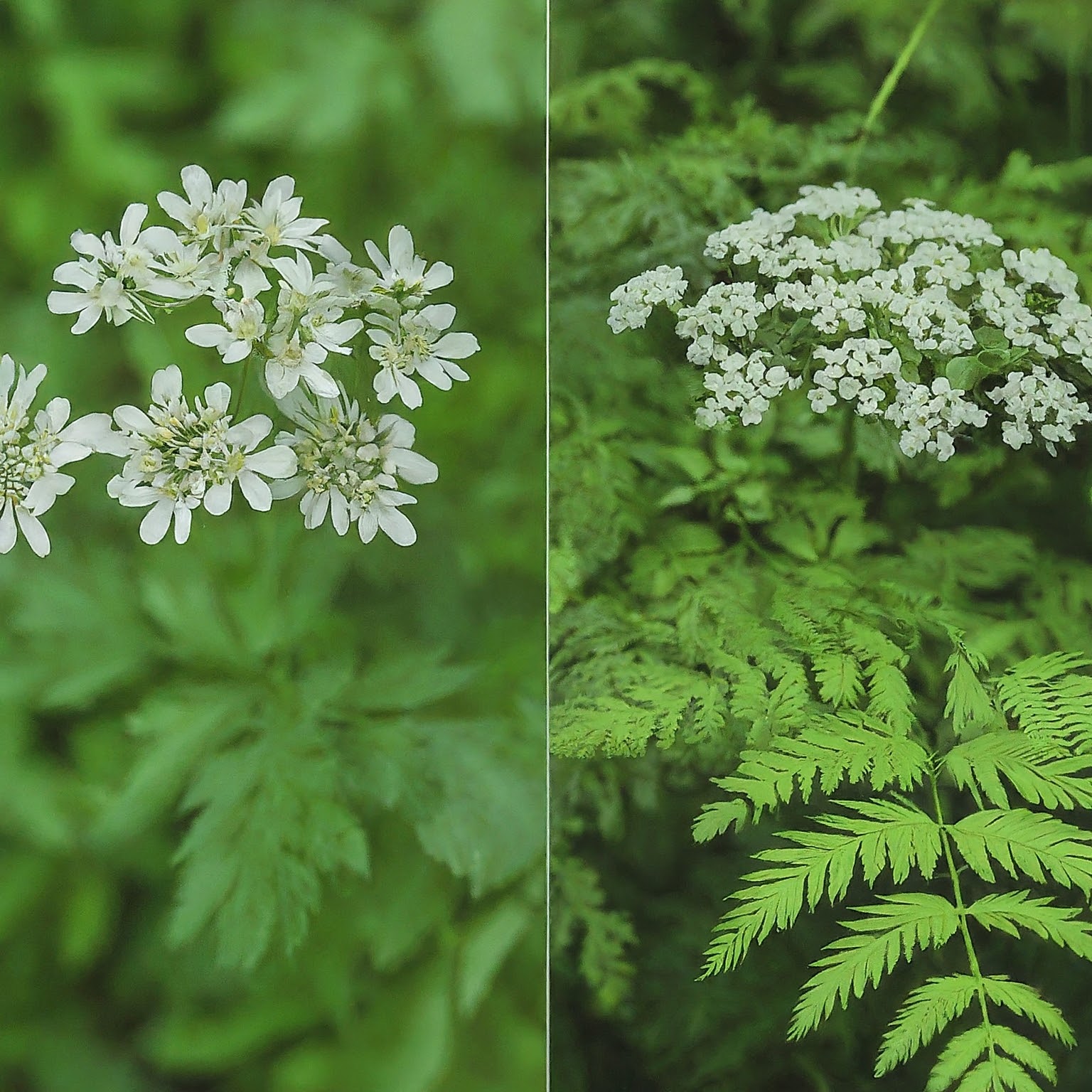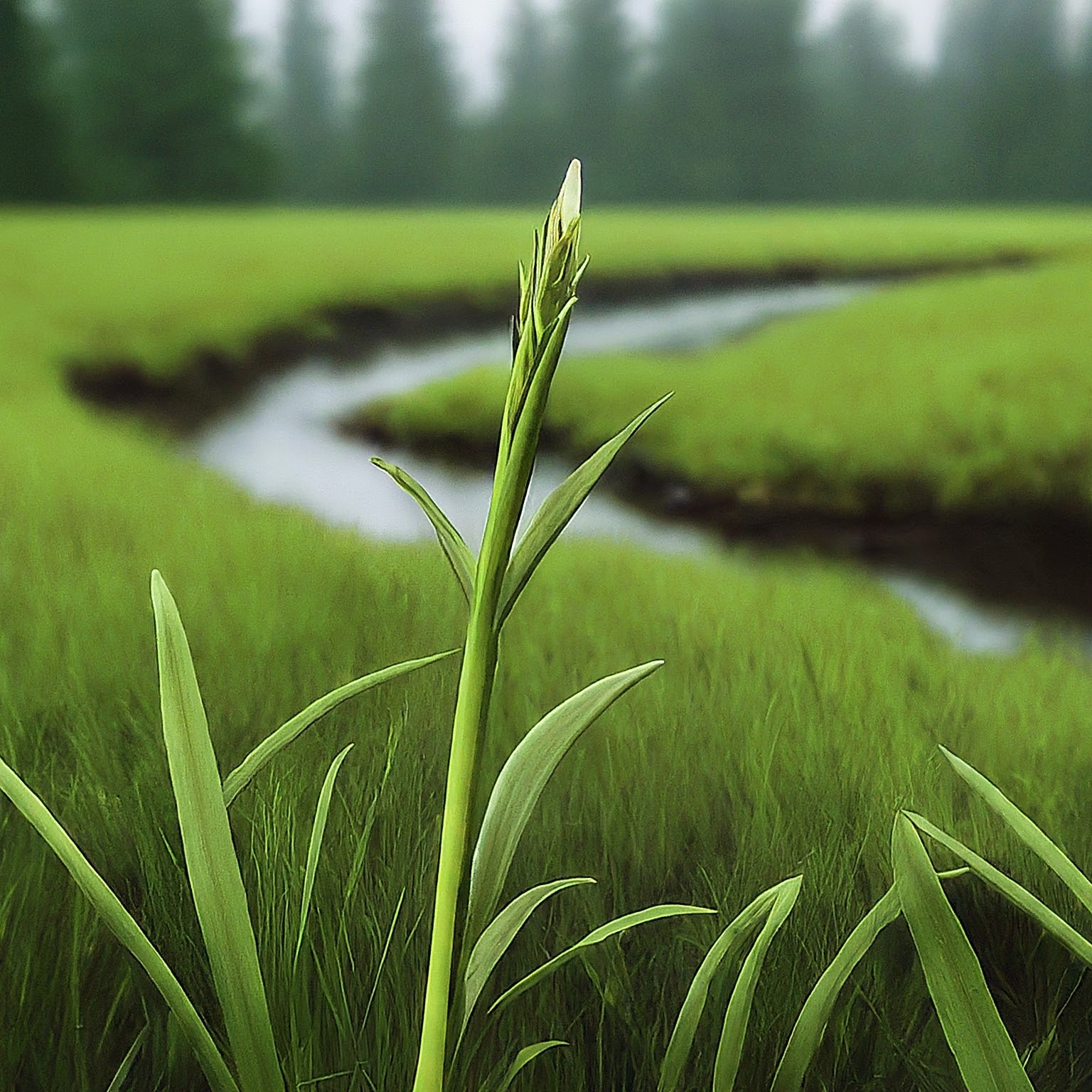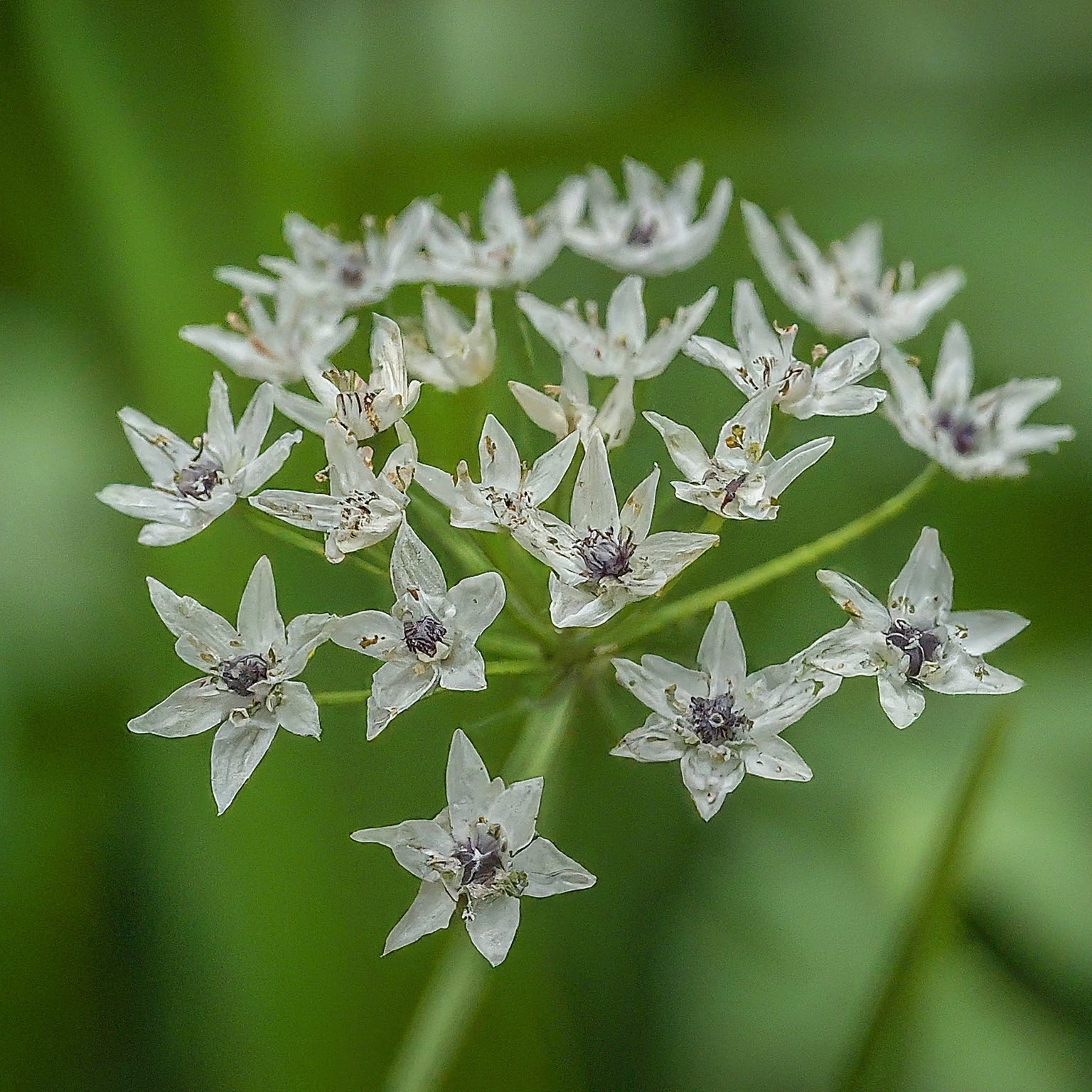Dr. Amelia Green, a botanist with a lifelong fascination with unique and sometimes unsettling flora, delves into the chilling secrets of Oenanthe crocata, the aptly named “smiling death plant.”
Nature enthusiasts are captivated by the breathtaking beauty and intricate mechanisms of the plant kingdom. Vibrant blooms, towering trees, and diverse ecosystems paint a picture of flourishing life. Yet, amidst this captivating scenery lurks a darker side – a world of plants harboring potent toxins and wielding surprising lethality. Among these botanical assassins, Oenanthe crocata, also known as the “smiling death plant,” stands out for its chilling effects and historical notoriety.

A Deceptively Unassuming Appearance
Oenanthe crocata, a member of the carrot family (Apiaceae), isn’t immediately menacing. Found in damp meadows, marshes, and along waterways in Europe, North Africa, and western Asia, it boasts delicate white flowers clustered in umbrella-shaped formations and ferny green foliage. This unassuming exterior, however, masks a sinister secret. Beneath the delicate petals and innocent-looking leaves lies a potent cocktail of toxins, primarily oenanthotoxin, a neurotoxin that disrupts the nervous system with devastating consequences.
A Grim Legacy: The Sardonic Grin
The plant’s historical association with death is particularly gruesome. Oenanthe crocata is believed to be responsible for the “Sardonic grin,” a chilling phenomenon described in ancient texts by Roman writers such as Pliny the Elder and Virgil. The toxin can cause uncontrollable muscle contractions, including those in the face, leading to a fixed, grotesque smile upon death. This grim detail cemented the plant’s association with a cruel and sardonic fate in ancient cultures.
According to historical accounts, condemned criminals in ancient Greece were sometimes forced to ingest Oenanthe crocata as a form of execution. The resulting facial contortions were believed to be a mockery of the victim’s final moments, adding another layer of cruelty to the punishment.

Did You Know?
The name “Oenanthe” comes from the Greek words “oinos” (wine) and “anthos” (flower), possibly referencing the plant’s presence near vineyards or its vaguely grape-like clusters of flowers. The species epithet “crocata” is derived from the Latin word “crocatus” meaning “saffron-colored,” likely referring to the yellow centers of the flowers.
Beyond the Gruesome: Understanding Oenanthe Crocata’s Toxins
Oenanthe crocata’s deadliness lies in its primary toxin, oenanthotoxin. This neurotoxin disrupts the central nervous system, specifically targeting the communication pathways between nerves and muscles. When ingested, even in small amounts, oenanthotoxin can cause a cascade of alarming symptoms. These include:
- Nausea and vomiting
- Severe abdominal cramps
- Dizziness and disorientation
- Seizures and tremors
- Respiratory failure
In severe cases, Oenanthe crocata poisoning can lead to death due to respiratory paralysis. The speed of onset of symptoms can vary depending on the amount of plant material ingested.

A Case of Mistaken Identity: The Allure and Danger of Look-Alikes
The danger posed by Oenanthe crocata is amplified by its resemblance to other, harmless plants. Some foragers have mistaken its ferny foliage for wild parsley or water hemlock, leading to accidental poisoning.
Here’s a cautionary tale: In 2016, a group of wildlife photographers in the United Kingdom became violently ill after consuming a salad they made with foraged plants. Investigations revealed the presence of Oenanthe crocata among the foraged greens, highlighting the importance of proper plant identification, especially when dealing with wild edibles.
Oenanthe crocata vs. Look-Alikes
| Feature | Oenanthe crocata | Wild Parsley | Water Hemlock |
|---|---|---|---|
| Leaves | Fern-like, deeply divided | Flat, glossy, lobed | Fern-like, deeply divided |
| Flowers | White, clustered in umbels | Yellow, clustered in umbels | White, clustered in umbels |
| Stems | Hollow, hairless | Round, smooth, hairless | Hollow, hairless |
| Root | Thick, spindle-shaped | Taproot | Thick, spindle-shaped |
| Consumption | Highly Toxic | Edible | Highly Toxic |
Remember: When foraging for wild plants, especially in unfamiliar areas, exercise extreme caution and always consult a reliable field guide or consult with a professional botanist before consuming any plant material.












